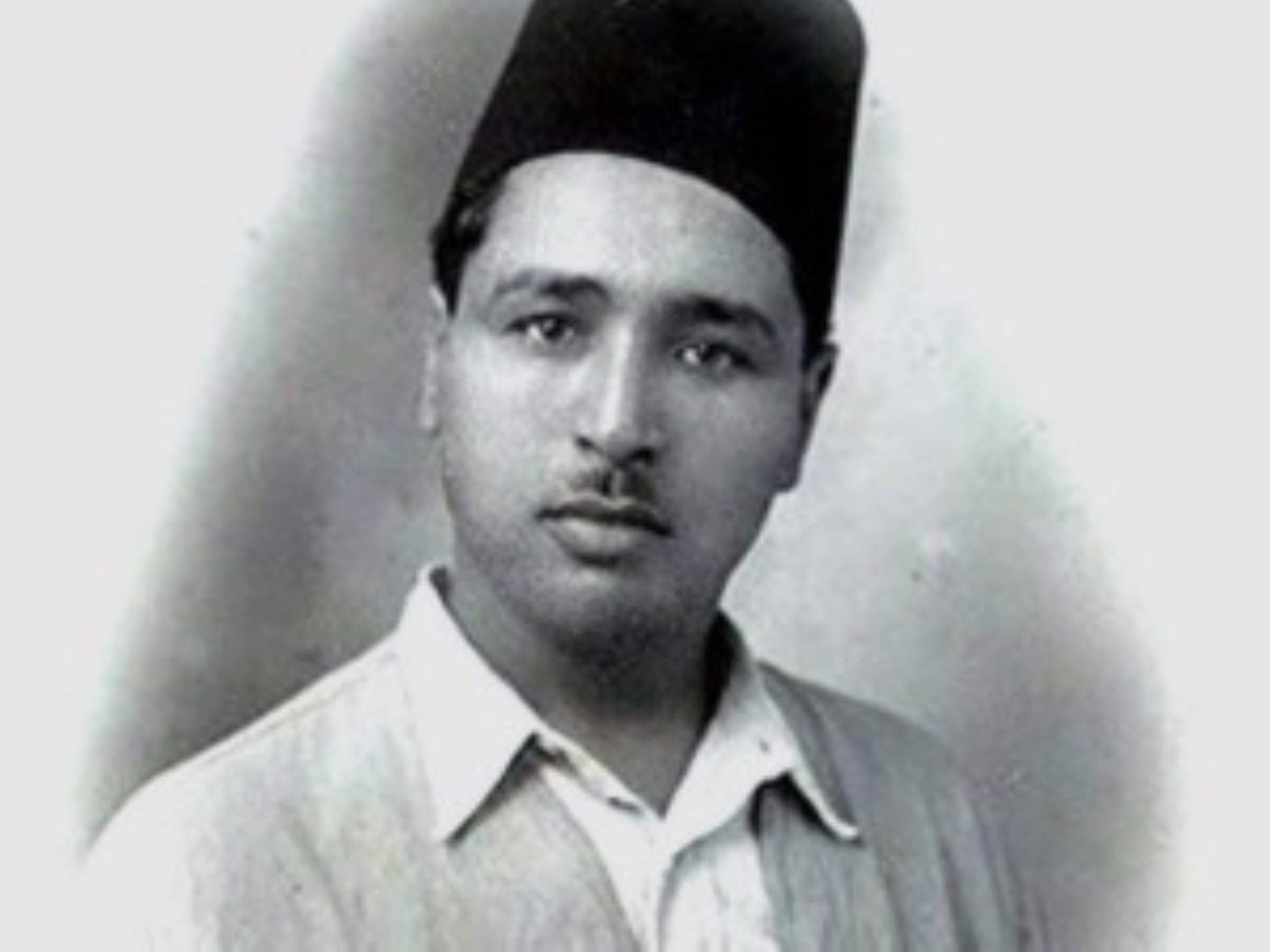Tunisian writer and academic Amira Ghenim’s novel Nazelet Dar Al-Akaber (A Calamity at the House of the Nobles) continues to earn international acclaim following its success in Tunisia and across the Arab world.
The French translation of the novel won the 2024 Arab Literature Prize – awarded by the Institut du Monde Arabe and the Lagardère Foundation – and translator Souad Laabidi received the Léopold Sédar Senghor – Ibn Khaldun Translation Prize for her rendition of the novel. The book has also been translated into Italian, made the International Prize for Arabic Fiction shortlist in 2021, and received the Comar Jury Prize in Tunisia in 2020.
Set in early 20th-century Tunisia, the story opens with the arrival of a mysterious letter addressed to Zubeida Rassaa, the wife of an influential figure called Mohsen Al-Neifer. Sent by her former teacher, the renowned trade unionist and activist Tahar Haddad, the letter sets off a dramatic chain of events affecting the lives of two aristocratic families – the Rassaa and Al-Neifer households. Told through multiple voices, each character offers a personal perspective on the letter, revealing how their intertwined lives are shaped by history and social change.
Al Majalla caught up with Ghenim to discuss her novel, its translation, and the broader scope of her literary and intellectual project.
Nazelet Dar Al-Akaber recounts an alleged affair between a Tunisian notable’s daughter-in-law and leading women’s rights advocate, Tahar Haddad. This incident is purely fictional. Why did you choose to incorporate this thinker into your historical novel?
The inclusion of Tahar Haddad stemmed from a deep sense of injustice toward this great Tunisian reformer, particularly in light of the events of January 2011. One image that remains vivid in my memory—and in the memory of many Tunisians— is the decapitation of Haddad’s commemorative statue in his hometown of El Hamma, along with the desecration of his tomb in Jellaz Cemetery in the capital in 2012. At that time, I felt that the achievements of the Tunisian family, particularly those of women, were under threat due to the wave of extremism sweeping through the country.

This fear of witnessing Tunisian society regress remained buried in my subconscious for many years. At the time, a magazine invited me to write an article on the issue of gender equality in inheritance. I was well aware that this idea dated back to the 1930s, specifically to Haddad’s book Our Women in Sharia and Society.
While revisiting his work, driven by my passion for research, I explored his complete works and discovered that, in addition to being a trade unionist and a reformist engaged in Islamic jurisprudence, he was also a poet. His poetry may not match the literary quality of Abu al-Qasim al-Shabbi’s, but it is deeply rooted in political struggle.
Among Haddad’s writings, I came across a set of verses that I incorporated into the final chapter of the novel. In these lines, Haddad conveys a profound sense of anxiety, pain, and longing for a distant interlocutor, lamenting their separation and absence.
Subconsciously, all the emotions I had accumulated over the years—my fear and sense of injustice toward Haddad— intertwined with my discovery of his deeply human and emotional side. That was when the idea struck me: to write a novel about an imagined love story that he may have experienced. We know him as a social reformer who championed women’s rights, yet we know nothing about his personal life or his intimate relationships with women.
This is how the story began, though at the time, I had not fully grasped the extent of Haddad’s presence in the novel. The initial idea revolved around a fictional love story, intended as a tribute to Haddad’s central role in Tunisia’s collective cultural memory.
However, I also wanted to write a fictional novel rather than a historical narrative. I envisioned a way to make him both present and absent at once—he exists within the story as the catalyst for the crisis, yet he remains absent, as the novel opens on the night of his death. His letter reaches Zubeida, the wife of Mohsen Al-Neifer, on the evening of 7 December 1935, the very night Haddad passed away.
In that sense, his presence is almost spectral—if I may use the term. He is present through the recollections and testimonies of the other characters, each remembering him in their own way, yet he remains physically absent from the text itself.

Your novel is distinguished by its multiplicity of voices, yet readers might feel that the voice closest to you is that of Hind—the granddaughter who grew up in Tunisia’s post-independence public school system, shaped by the Code of Personal Status, which granted Tunisian women significant rights. To what extent is this true?
There is no doubt that readers will find similarities between Hind and me. We share many traits—she is an academic, as am I; and she was born as a ‘granddaughter’ of Haddad, just like me and the women of my generation. However, in truth, the character closest to my heart, to my emotions, and even to my own reactions is Louiza—the servant who introduces the narrative and remains present throughout the novel.
Louiza is the character with whom I feel the deepest emotional connection. In my initial narrative plan, she was supposed to be the novel’s sole narrator. Fortunately, I changed my approach and distributed the storytelling across multiple characters—all of whom were witnesses to that dreadful winter night in 1935. This shift is what gave the novel its multi-voiced structure.
Naturally, when a writer creates a character, all characters both resemble and differ from them in various ways. Writers draw from their personal experiences, sensory perceptions, emotions, surroundings, and relationships. Every character reflects aspects of the author while also diverging from them, just as they embody traits of the people around the writer while retaining their individuality.
What matters most is that a character remains coherent from the beginning to the end of the narrative. If they are truly central to the story, they must exhibit growth and transformation – but only within the bounds of what is plausible for them. This evolution unfolds gradually, shaping their journey throughout the novel.













